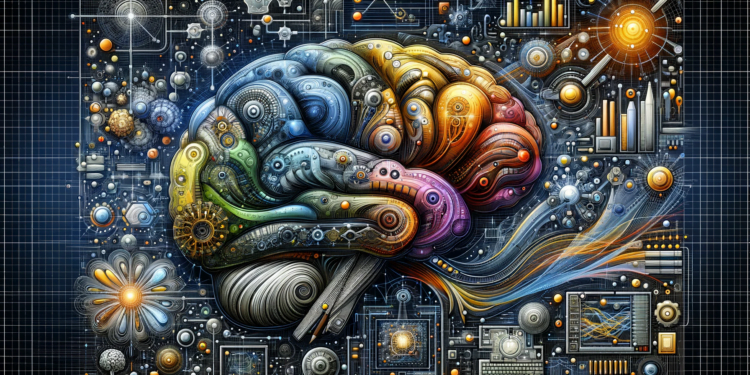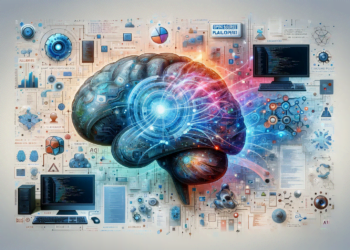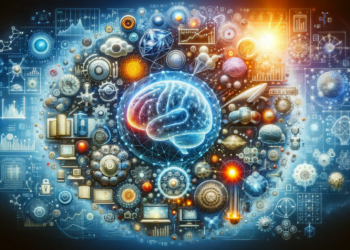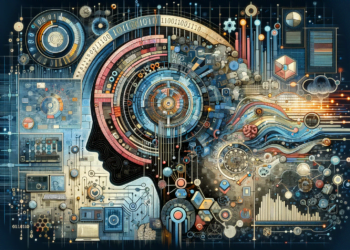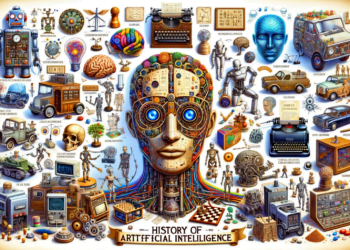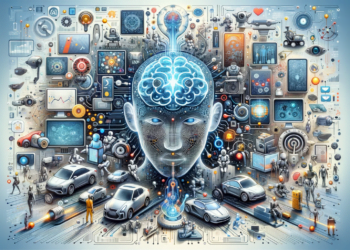Artificial intelligence (AI) has evolved from systems with limited capabilities to entities capable of performing complex cognitive tasks. Advances in cognitive architectures have renewed interest in achieving a General Artificial Intelligence (AGI)—a system with the ability to learn and apply knowledge across a wide range of tasks, comparable to human intelligence.
Foundations of Cognitive Architectures
A cognitive architecture is defined as a theoretical framework used to develop systems that simulate human information processing. These systems integrate various cognitive functions such as perception, short and long-term memory, attention, language, and reasoning. One of the earliest models was the “SOAR Cognitive Architecture” developed by Allen Newell and John E. Laird, which incorporated declarative knowledge and procedural skills. SOAR implemented a form of learning by chunking, the process of grouping information to enhance memory retrieval.
Advancements in Deep Learning Algorithms
Deep learning has provided a solid foundation for the development of cognitive architectures through artificial neural networks that mimic the structure of the human brain. Techniques like reinforcement learning have enabled machines to learn from interaction with their environment and improve through experience. A significant milestone was DeepMind’s creation of AlphaGo, which surpassed the world champion of Go, a game with more possible combinations than atoms in the known universe.
Integration of AI and Neuroscience
A recent area of exploration is the interface between artificial intelligence and neuroscience. Research efforts like those in the Blue Brain Project aim to better understand the human brain by recreating a biologically detailed model of the brain through computer simulations. The symbiosis between AI and neuroscience allows for the creation of algorithms that not only learn but can also reconfigure themselves to optimize cognitive processing.
Practical Applications: Case Study in Personalized Medicine
Personalized medicine illustrates how cognitive architectures can transform an applied field. AI in oncology, for example, uses advanced algorithms to analyze biomedical and genetic data. An AI system like IBM Watson can process immense amounts of medical literature and patient data to assist in diagnosis and the selection of personalized treatments, taking into account individual genetic mutations that may affect treatment response.
Challenges: Ethics and Transparency
As cognitive architectures become more complex and autonomous, ethical concerns about the transparency and control of these systems arise. The “black box” nature of advanced neural networks, where decisions are opaque even to their creators, demands a new ethical framework for AI. Researchers are investigating methods to incorporate explainability and accountability assurances into their models.
Future and Innovative Directions
The future of cognitive architectures includes the creation of AGI systems with an unprecedented level of flexibility and generalization. This path is not without hurdles, including the need to significantly advance our understanding of human cognition to be able to emulate it appropriately. Additionally, research is underway into the potential incorporation of emotions and consciousness in AI to achieve more natural and effective interaction with humans.
Conclusion
Cognitive architectures are the cornerstone upon which the hope for AGI is built. From the earliest theories to the latest developments in deep learning, through integration with neuroscience to practical applications, these systems are opening doors to a future where artificial intelligence could operate at levels comparable to human intelligence. Despite the ethical and technical challenges, the exploration of these frontiers promises to revolutionize how we interact with technology and how it can fundamentally improve human life.

